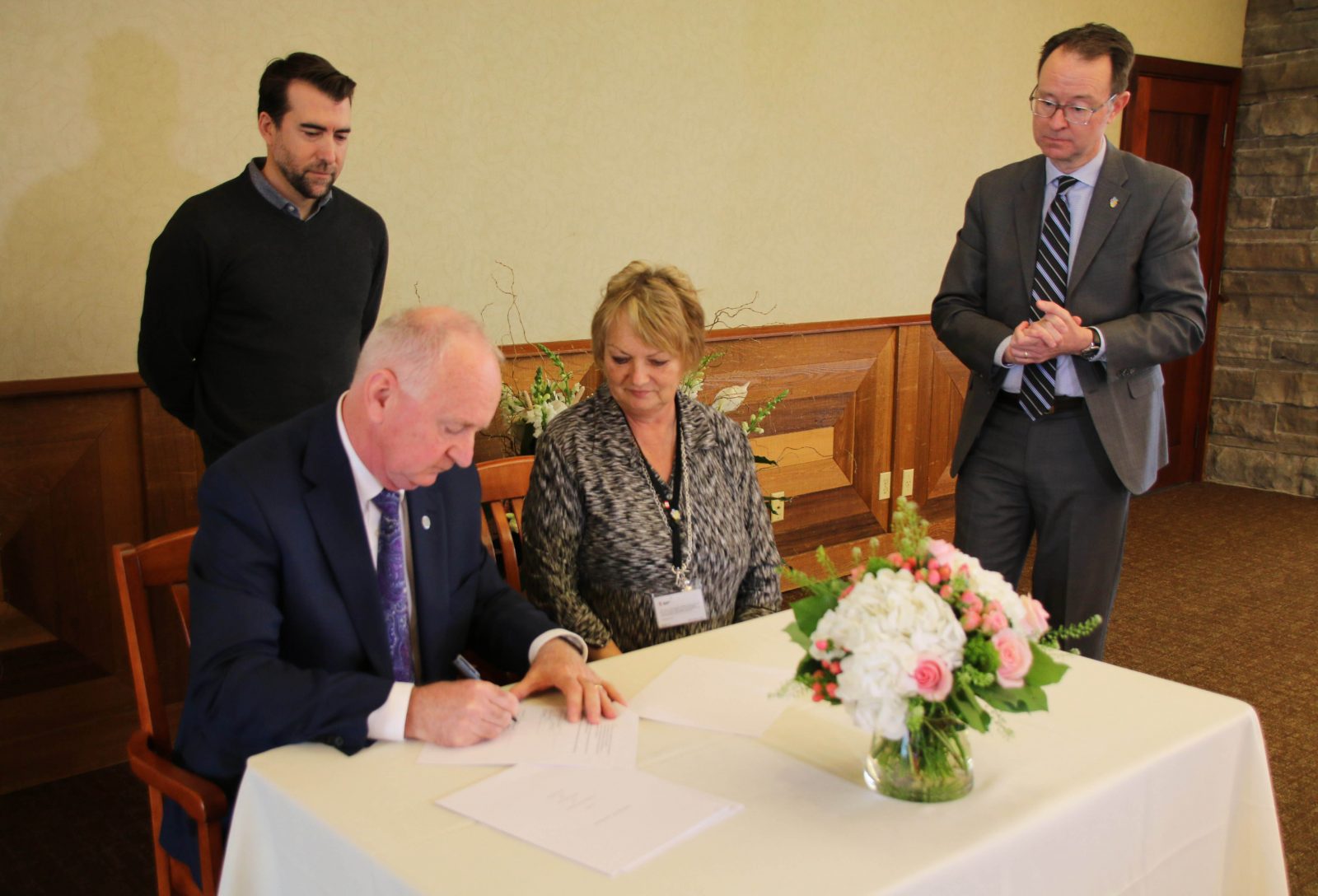Blog Contributor: Bridget McGlynn

On March 5th Samantha Witkowski, a current Master of Sustainability student at Brock, led a workshop in partnership with the Niagara Parks Commission (NPC) to continue her research on participatory monitoring and evaluating processes. This workshop was made possible by the Excellence in Environmental Stewardship Initiative (EESI), a partnership between the NPC and Brock University. Hosted at the beautiful Niagara Glen Nature Centre, the workshop included a variety of stakeholders, such as community members, Niagara Parks staff, and ecology experts, who discussed management possibilities for the trails in the Niagara Glen.
The day began with coffee and a guided walk though trails in the Niagara Gorge for participants to enjoy and observe the trails prior to considering management practices. Our Niagara Parks guide spoke about the history of the Glen, current management practices, recent site improvements, and usage patterns. Upon completion of the hike, participants returned to the Nature Centre and the exciting discussions began! The Niagara Glen received an unprecedented number of visitors in Summer 2019, and as such much of the discussion revolved around ways in which Niagara Parks can manage the trails in the Niagara Glen while upholding their mandate of “Preserving and promoting the natural and cultural heritage along the Niagara River corridor”. Through their vision, Niagara Parks also aims to be an “innovative example of sustainability” and a “welcoming, accessible and inspiring place”. Consequently, brainstorming regarding management practices revolved around maintaining and improving current trail quality, encouraging visitor stewardship through education, and promoting alternative Niagara Parks trails. The varied backgrounds of the participants presented multiple perspectives on the current needs of the Glen, management priorities, and relevant key performance indicators. The workshop provided an excellent example of the transdisciplinary research being conducted at the Environmental Sustainability Research Centre (ESRC) as it brought together diverse stakeholders to address a local, solution-based research question.





























